Home>Furniture & Design>Living Room Furniture>How To Use A Hospital Chair Recliner
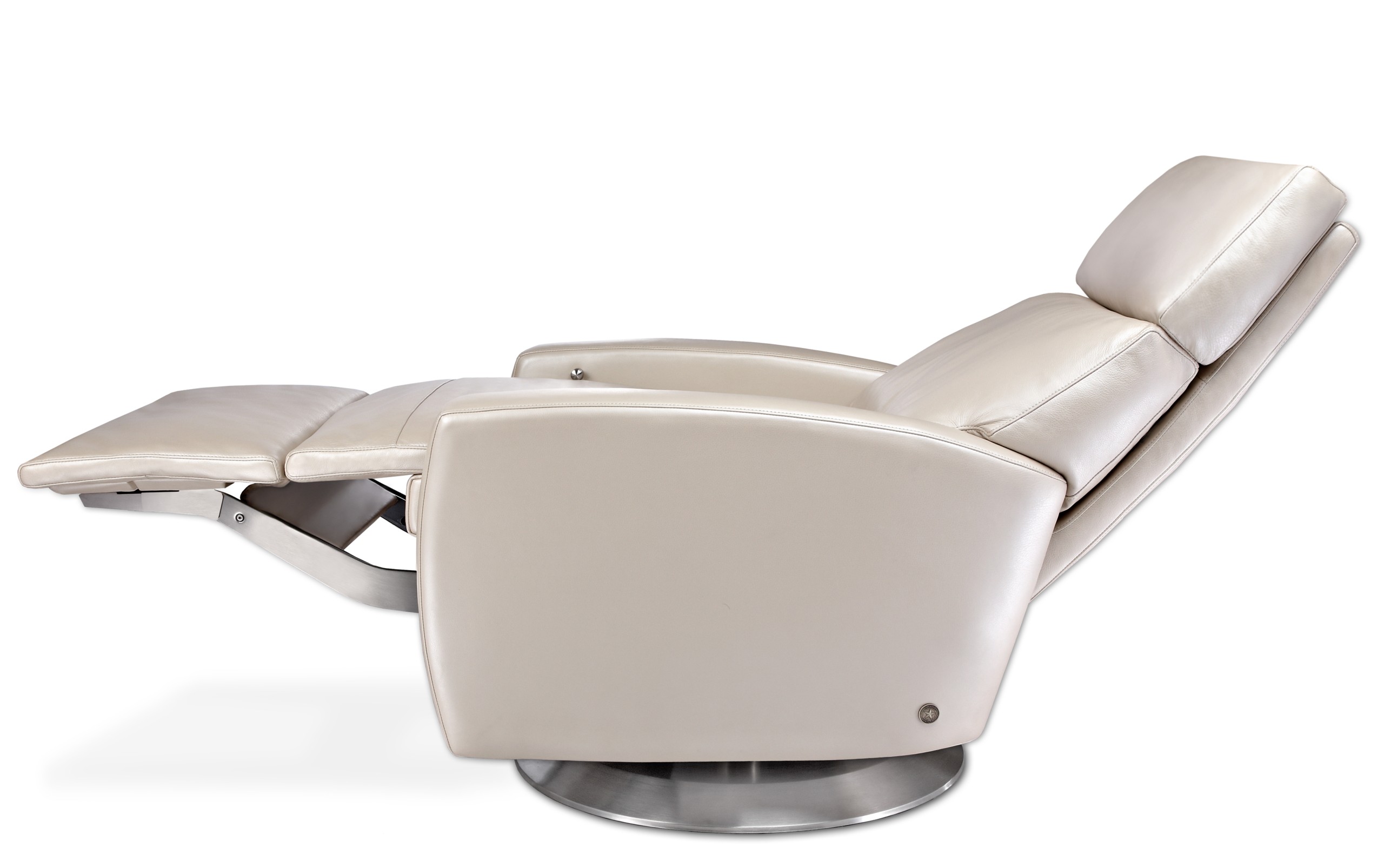

Living Room Furniture
How To Use A Hospital Chair Recliner
Modified: February 18, 2024
Discover the ultimate comfort with our hospital chair recliners. Find the perfect addition to your living room furniture and design. Experience relaxation like never before!
(Many of the links in this article redirect to a specific reviewed product. Your purchase of these products through affiliate links helps to generate commission for Storables.com, at no extra cost. Learn more)
Introduction
Hospital chair recliners are versatile pieces of furniture designed to provide comfort and support for individuals in healthcare settings. These specialized chairs offer a range of adjustable features, making them suitable for patients, caregivers, and medical professionals. Understanding how to use a hospital chair recliner effectively can significantly enhance the comfort and well-being of individuals in need of medical care.
Whether you are a patient seeking relaxation during recovery, a caregiver attending to a loved one, or a healthcare professional ensuring the comfort of patients, knowing how to utilize a hospital chair recliner optimally is essential. From adjusting the reclining positions to maintaining cleanliness and functionality, this comprehensive guide will explore the various aspects of using a hospital chair recliner to promote comfort and convenience.
As we delve into the intricacies of utilizing a hospital chair recliner, it's important to recognize the significance of these specialized pieces of furniture in healthcare environments. The adaptability and ergonomic design of hospital chair recliners cater to the diverse needs of individuals, offering a supportive and restorative seating option for patients undergoing treatment, recovery, or extended periods of rest.
By familiarizing ourselves with the features and functionality of hospital chair recliners, we can harness their potential to create a soothing and accommodating environment within healthcare facilities and home care settings. Whether it's finding the optimal reclining angle for relaxation, facilitating ease of movement for patients, or ensuring proper maintenance for long-term durability, the effective use of hospital chair recliners contributes to a conducive and comforting atmosphere for all involved.
In the following sections, we will explore the nuances of hospital chair recliners, from understanding their design and adjustability to utilizing them for enhanced comfort and well-being. Additionally, we will delve into the essential practices for cleaning and maintaining these specialized chairs, ensuring their longevity and functionality for prolonged use. Let's embark on this insightful journey to unlock the full potential of hospital chair recliners and harness their benefits for a more comfortable and supportive healthcare experience.
Key Takeaways:
- Hospital chair recliners are designed for comfort and support in healthcare settings, with adjustable features for personalized relaxation and ease of movement. Understanding their design and maintenance enhances the healthcare experience.
- Adjusting and utilizing hospital chair recliners optimizes comfort and well-being, promoting relaxation and creating a nurturing environment for patients, caregivers, and medical professionals. Effective cleaning and maintenance ensure their longevity and functionality.
Read more: How To Use Hospital Chair Recliner
Understanding the Hospital Chair Recliner
Hospital chair recliners are specially designed pieces of furniture that serve a crucial role in healthcare environments. These chairs are meticulously crafted to provide comfort, support, and versatility for patients, caregivers, and medical professionals. Understanding the intricate design and functionality of hospital chair recliners is essential for harnessing their full potential in healthcare settings.
Ergonomic Design
Hospital chair recliners feature an ergonomic design that prioritizes comfort and functionality. The adjustable components, including the reclining backrest, leg rest, and overall seat positioning, cater to the diverse needs of individuals seeking relaxation and support. The ergonomic structure of these chairs promotes proper body alignment, reducing the risk of discomfort and enhancing overall well-being.
Versatility and Adaptability
One of the defining characteristics of hospital chair recliners is their versatility. These chairs are engineered to accommodate various seating preferences, making them suitable for patients with different comfort requirements. The ability to adjust the reclining angles, leg rest positions, and overall seat configuration allows for personalized comfort, catering to the unique needs of individuals in healthcare settings.
Supportive Features
Hospital chair recliners are equipped with supportive features that contribute to the overall comfort and well-being of users. The inclusion of padded armrests, lumbar support, and cushioned seating enhances the ergonomic design, providing a supportive and restorative seating experience. These supportive elements are instrumental in alleviating discomfort and promoting relaxation for individuals in need of medical care.
Read more: How To Use A Recliner Chair
Accessibility and Mobility
In addition to prioritizing comfort, hospital chair recliners are designed to facilitate ease of movement for patients and caregivers. The accessibility features, such as swivel capabilities and lockable wheels, enable seamless transitions and positioning within healthcare environments. This accessibility and mobility contribute to a more efficient and accommodating caregiving experience, enhancing the overall functionality of hospital chair recliners.
Understanding the intricacies of hospital chair recliners, from their ergonomic design to supportive features and accessibility, is fundamental for optimizing their use in healthcare settings. By recognizing the versatility and adaptability of these specialized chairs, individuals can harness their potential to create a soothing and accommodating environment for patients, caregivers, and medical professionals alike.
Adjusting the Hospital Chair Recliner
Adjusting a hospital chair recliner is a pivotal aspect of optimizing its functionality and comfort for individuals in healthcare settings. The ability to customize the reclining positions, leg rest angles, and overall seat configuration allows for personalized comfort and support, catering to the unique needs of patients, caregivers, and medical professionals.
Reclining Positions
The hospital chair recliner offers a range of reclining positions to accommodate varying preferences for relaxation and support. By utilizing the reclining mechanism, individuals can adjust the backrest to achieve the desired angle, promoting optimal comfort during rest and recovery. Whether it's finding the ideal position for reading, resting, or sleeping, the flexibility of the reclining feature enhances the overall seating experience.
Leg Rest Adjustment
In addition to the reclining backrest, the leg rest adjustment feature plays a crucial role in enhancing comfort and promoting circulation. Individuals can modify the angle of the leg rest to alleviate pressure on the lower limbs and facilitate proper blood flow. This customizable leg rest positioning contributes to a more restorative and comfortable seating experience, particularly for patients undergoing extended periods of rest or recuperation.
Read more: How To Choose A Recliner Chair
Seat Configuration
The hospital chair recliner offers the flexibility to adjust the overall seat configuration, allowing individuals to find the most supportive and comfortable position. Whether it involves fine-tuning the seat depth, armrest height, or lumbar support, the ability to customize the seat configuration caters to the unique anatomical needs and comfort preferences of users. This personalized seat adjustment promotes proper body alignment and reduces the risk of discomfort during prolonged periods of sitting.
Accessibility Features
Furthermore, the accessibility features of hospital chair recliners, such as swivel capabilities and lockable wheels, contribute to the ease of adjustment and positioning within healthcare environments. These mobility-enhancing features enable caregivers and medical professionals to seamlessly maneuver the recliners, ensuring optimal placement and accessibility for patients. The ability to adjust and position the recliners with ease enhances the overall caregiving experience and promotes a conducive healthcare environment.
In essence, the process of adjusting a hospital chair recliner encompasses fine-tuning the reclining positions, leg rest angles, seat configuration, and leveraging accessibility features to create a supportive and accommodating seating experience. By harnessing the customizable features of hospital chair recliners, individuals can optimize comfort, promote relaxation, and facilitate efficient caregiving within healthcare settings.
Using the Hospital Chair Recliner for Comfort
Utilizing the hospital chair recliner for optimal comfort is paramount in healthcare settings, where individuals often seek respite and relaxation during recovery or extended periods of rest. The versatile features of hospital chair recliners, including adjustable reclining positions, supportive elements, and accessibility enhancements, contribute to creating a conducive environment for comfort and well-being.
The adjustable reclining positions of hospital chair recliners play a pivotal role in promoting comfort. Individuals can customize the backrest angle to find the most relaxing position for reading, resting, or sleeping. This flexibility allows patients to alleviate pressure on specific areas of the body, reducing discomfort and enhancing overall relaxation. By leveraging the reclining feature, individuals can achieve personalized comfort tailored to their unique preferences and comfort requirements.
In addition to the reclining positions, the leg rest adjustment feature significantly contributes to comfort and relaxation. By modifying the angle of the leg rest, individuals can elevate their lower limbs, promoting proper blood circulation and alleviating pressure. This feature is particularly beneficial for patients recovering from surgery or those with mobility challenges, as it enhances overall comfort and reduces the risk of muscle fatigue during prolonged periods of rest.
The supportive elements integrated into hospital chair recliners, such as padded armrests, lumbar support, and cushioned seating, further enhance the comfort and well-being of individuals. These supportive features contribute to proper body alignment, reducing the strain on muscles and joints. The inclusion of supportive elements not only promotes physical comfort but also creates a soothing and restorative seating experience, fostering a sense of relaxation and tranquility for patients and caregivers alike.
Moreover, the accessibility features of hospital chair recliners, including swivel capabilities and lockable wheels, facilitate ease of movement and positioning, enhancing the overall comfort and functionality of the chairs. Caregivers and medical professionals can effortlessly maneuver the recliners to ensure optimal placement and accessibility for patients, contributing to a seamless and accommodating healthcare environment.
In essence, using the hospital chair recliner for comfort involves leveraging its adjustable features and supportive elements to create a personalized and soothing seating experience. By harnessing the versatility and adaptability of hospital chair recliners, individuals can promote relaxation, alleviate discomfort, and foster an environment conducive to comfort and well-being within healthcare settings.
Cleaning and Maintaining the Hospital Chair Recliner
Proper cleaning and maintenance of hospital chair recliners are essential to ensure their longevity, functionality, and hygiene within healthcare environments. Regular upkeep not only preserves the aesthetic appeal of the recliners but also contributes to a clean and conducive setting for patients, caregivers, and medical professionals. By adhering to effective cleaning practices and maintenance routines, individuals can uphold the quality and functionality of hospital chair recliners, promoting a comfortable and hygienic seating experience.
Read more: How To Build A Recliner Chair
Cleaning Practices
-
Surface Cleaning: Begin by regularly wiping down the surfaces of the hospital chair recliner with a mild disinfectant solution. This helps remove dust, dirt, and potential contaminants, maintaining a clean and sanitized seating area.
-
Fabric Care: For recliners with fabric upholstery, spot cleaning any spills or stains promptly is crucial. Utilize a gentle fabric cleaner and a soft brush to address stains, ensuring that the fabric remains in pristine condition.
-
Leather Maintenance: If the hospital chair recliner features leather upholstery, use a specialized leather cleaner and conditioner to preserve its luster and suppleness. Regular conditioning prevents the leather from drying out and cracking, extending its lifespan.
-
Frame and Mechanism: Inspect the frame and reclining mechanism for any signs of wear or malfunction. Lubricate the moving parts as recommended by the manufacturer to maintain smooth operation and prevent premature deterioration.
Maintenance Routines
-
Regular Inspections: Conduct routine inspections of the hospital chair recliner to identify any signs of damage, loose components, or structural issues. Addressing these issues promptly can prevent further damage and ensure the safety and functionality of the recliner.
-
Upholstery Care: Routinely vacuum the upholstery to remove debris and prevent the accumulation of dust and allergens. This practice contributes to a clean and hygienic seating surface, particularly in healthcare environments where cleanliness is paramount.
-
Mechanism Lubrication: Follow the manufacturer's guidelines for lubricating the reclining mechanism and moving parts. Proper lubrication prevents friction and wear, preserving the functionality of the recliner for extended use.
-
Professional Maintenance: Consider scheduling professional maintenance and upholstery cleaning services to address deep cleaning and intricate maintenance needs. Professional care can revitalize the appearance and functionality of hospital chair recliners, ensuring their continued reliability and comfort.
By incorporating these cleaning practices and maintenance routines into the care regimen for hospital chair recliners, individuals can uphold the cleanliness, functionality, and longevity of these specialized pieces of furniture. Effective cleaning and maintenance not only contribute to a hygienic and inviting healthcare environment but also extend the lifespan of hospital chair recliners, ensuring their continued support and comfort for patients, caregivers, and medical professionals.
Conclusion
In conclusion, the effective utilization of hospital chair recliners plays a pivotal role in creating a supportive and accommodating environment within healthcare settings. By understanding the intricacies of these specialized pieces of furniture and harnessing their versatile features, individuals can promote comfort, relaxation, and well-being for patients, caregivers, and medical professionals.
The ergonomic design of hospital chair recliners, coupled with their adjustable features, provides a personalized seating experience tailored to the unique needs and comfort preferences of individuals. From customizable reclining positions and leg rest adjustments to supportive elements and accessibility features, these recliners offer a comprehensive solution for promoting comfort and facilitating ease of movement within healthcare environments.
Furthermore, the proper cleaning and maintenance of hospital chair recliners are essential for preserving their functionality, hygiene, and longevity. By adhering to effective cleaning practices and maintenance routines, individuals can ensure that these specialized chairs remain in optimal condition, contributing to a clean, inviting, and supportive healthcare environment.
In essence, the effective use of hospital chair recliners extends beyond mere seating; it encompasses the creation of a nurturing and comforting space where individuals can find respite, support, and tranquility during their healthcare journey. Whether it's a patient seeking relaxation, a caregiver attending to a loved one, or a medical professional ensuring the comfort of patients, the utilization of hospital chair recliners fosters an environment conducive to healing, recovery, and well-being.
By recognizing the significance of hospital chair recliners and embracing their potential to enhance the healthcare experience, individuals can contribute to the creation of a compassionate and supportive environment where comfort and care intertwine seamlessly. As we continue to prioritize the well-being and comfort of those in need of medical care, the effective use of hospital chair recliners remains an essential element in fostering a nurturing and accommodating healthcare setting.
Frequently Asked Questions about How To Use A Hospital Chair Recliner
Was this page helpful?
At Storables.com, we guarantee accurate and reliable information. Our content, validated by Expert Board Contributors, is crafted following stringent Editorial Policies. We're committed to providing you with well-researched, expert-backed insights for all your informational needs.
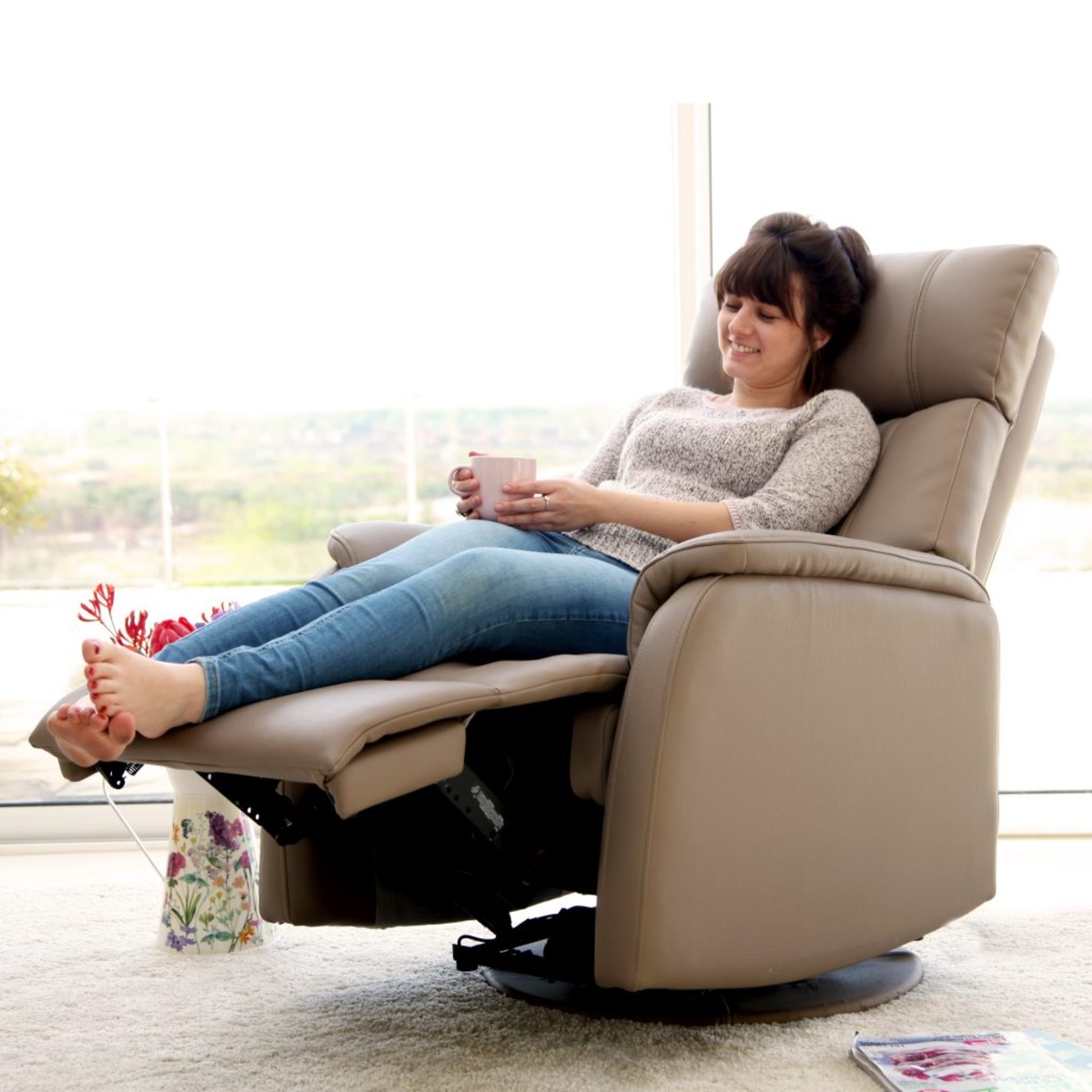
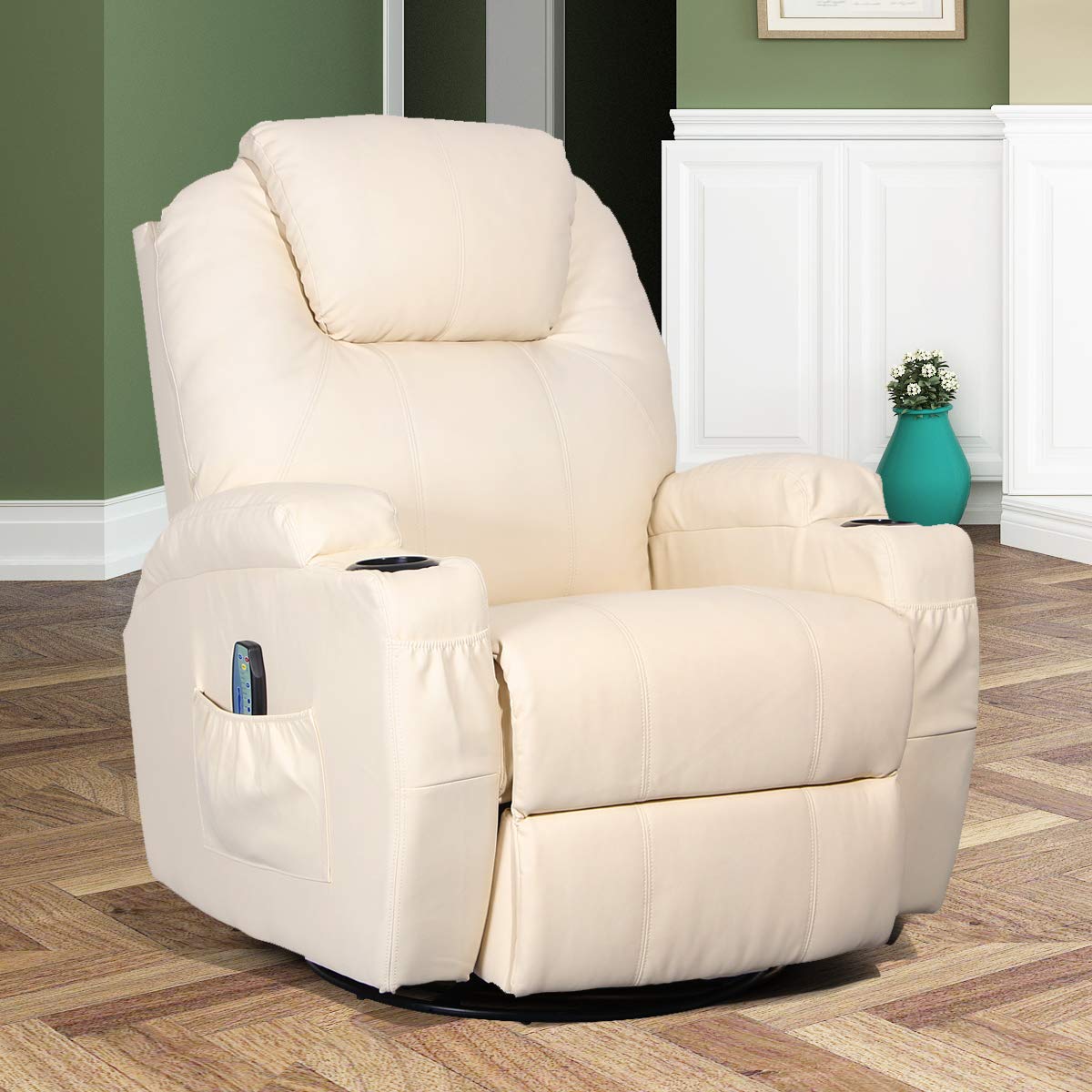
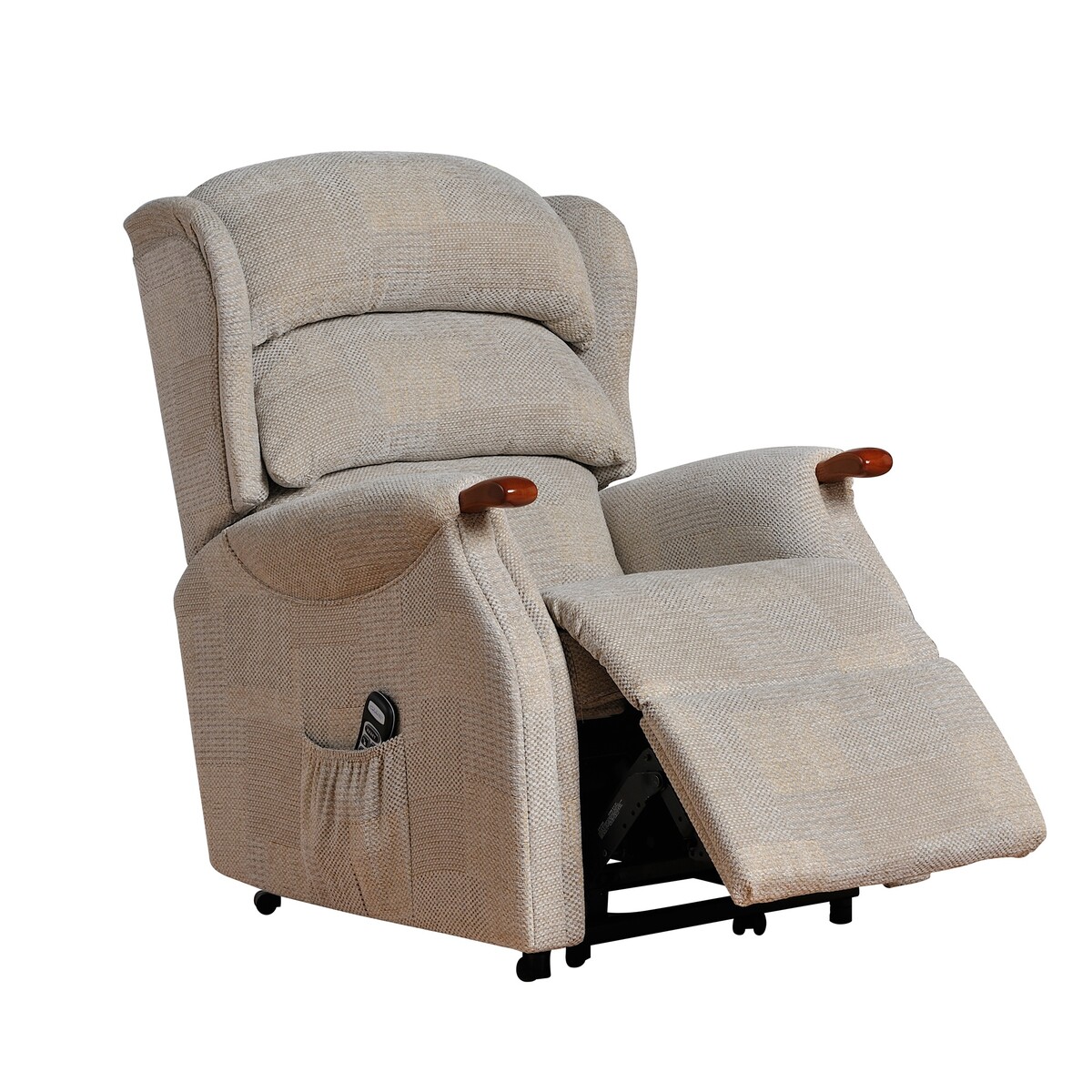
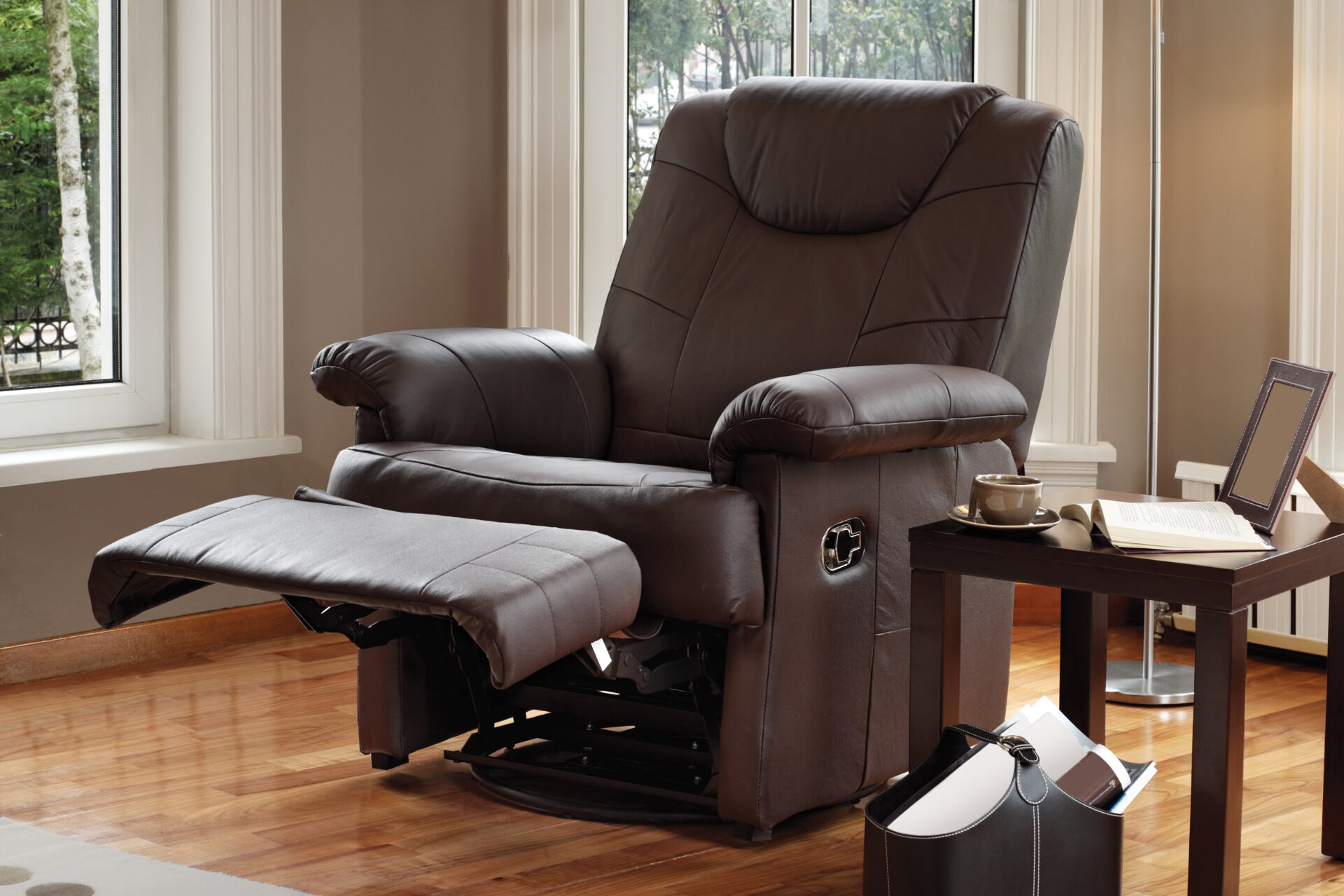
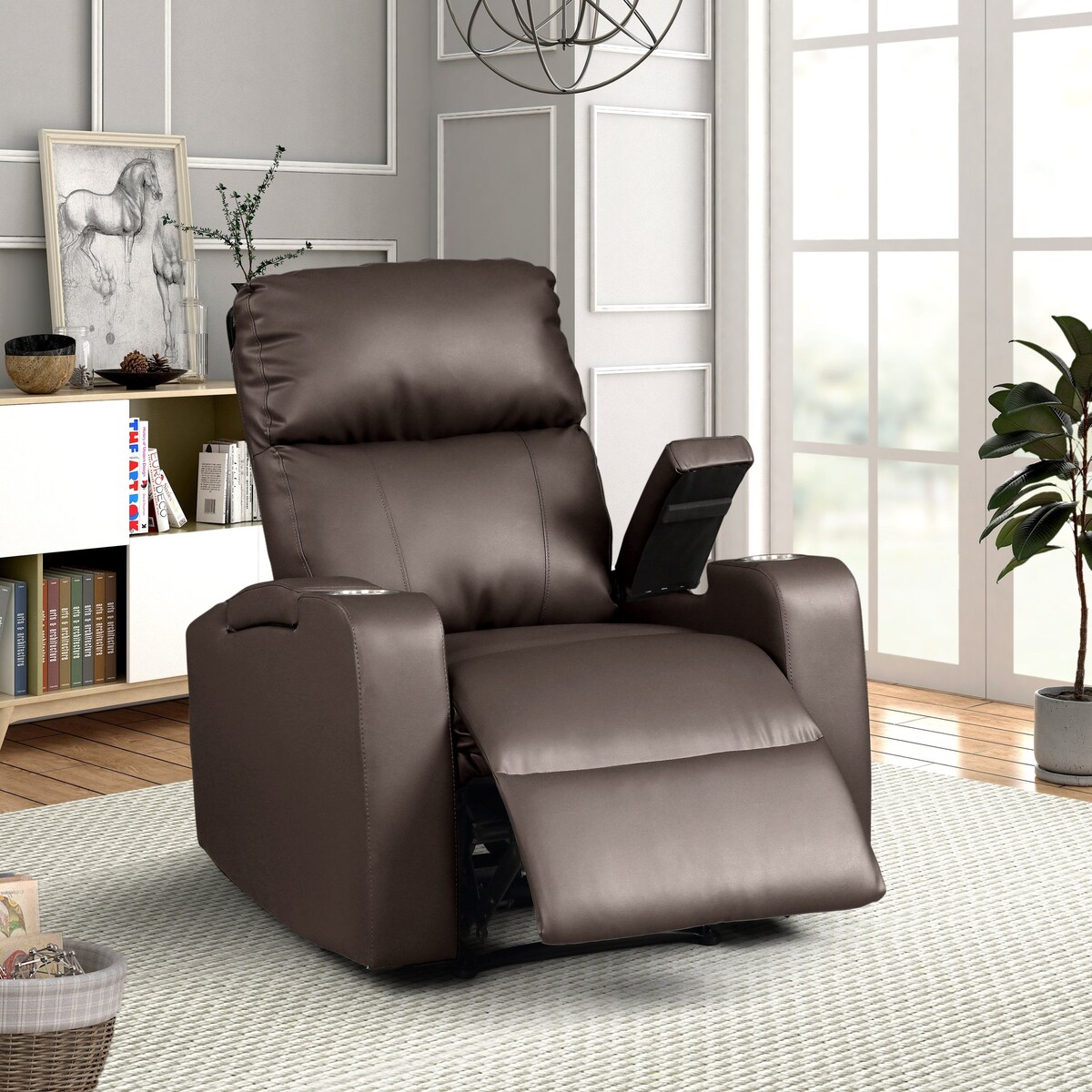
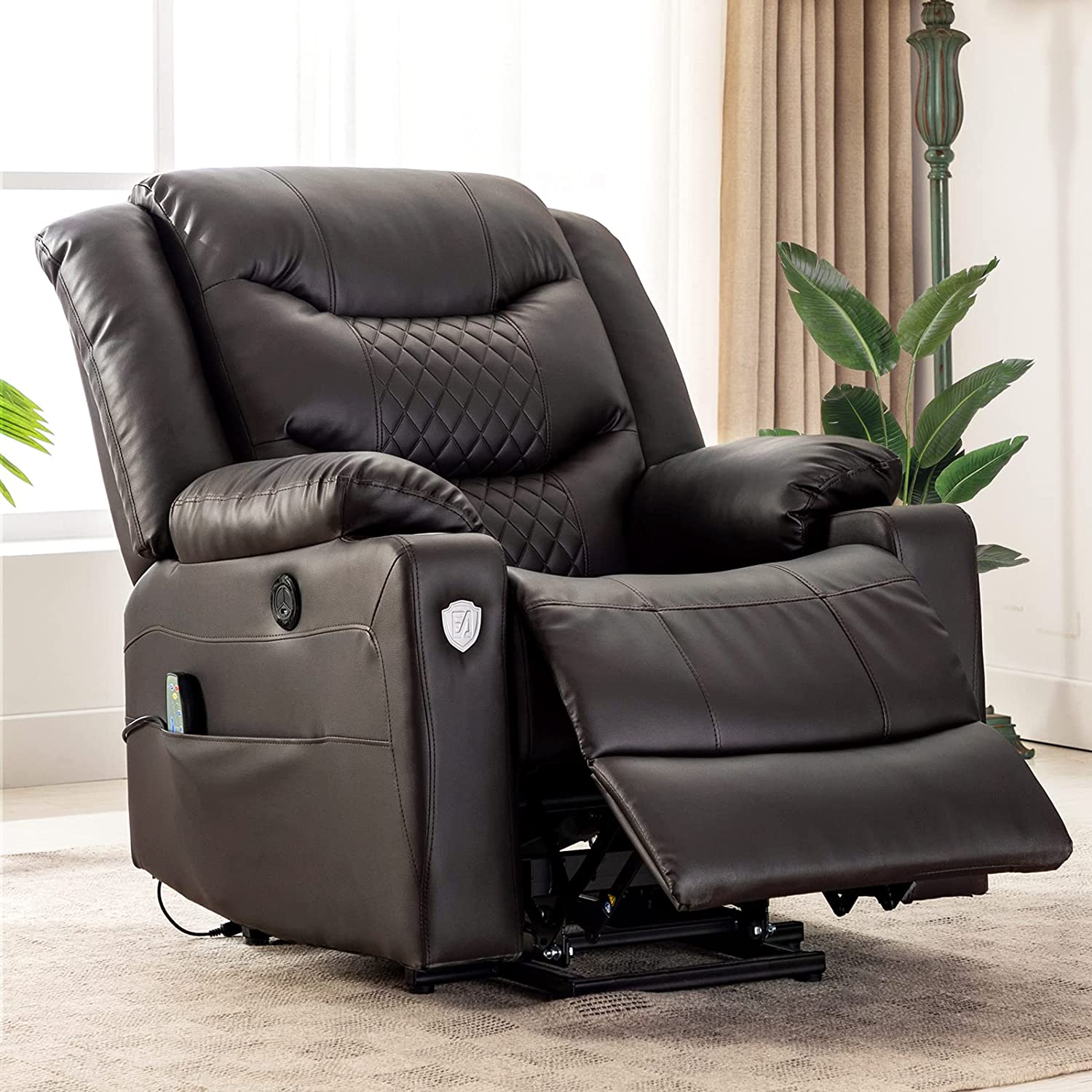
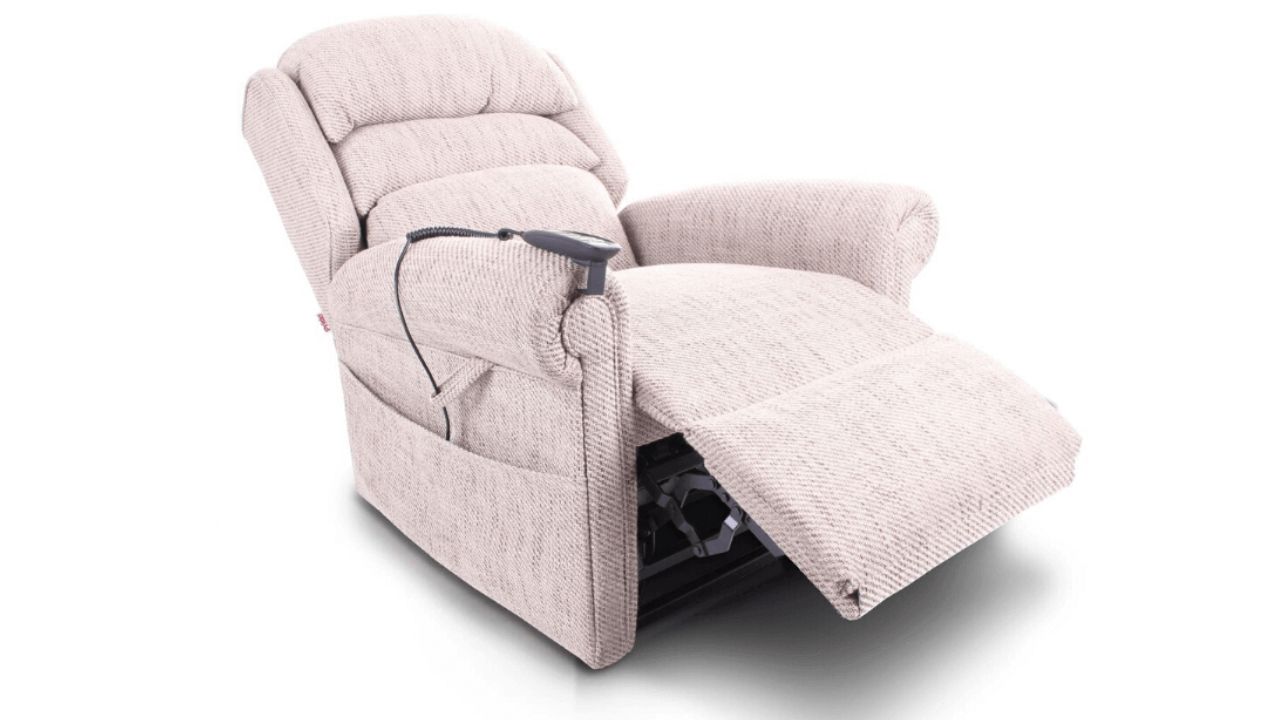
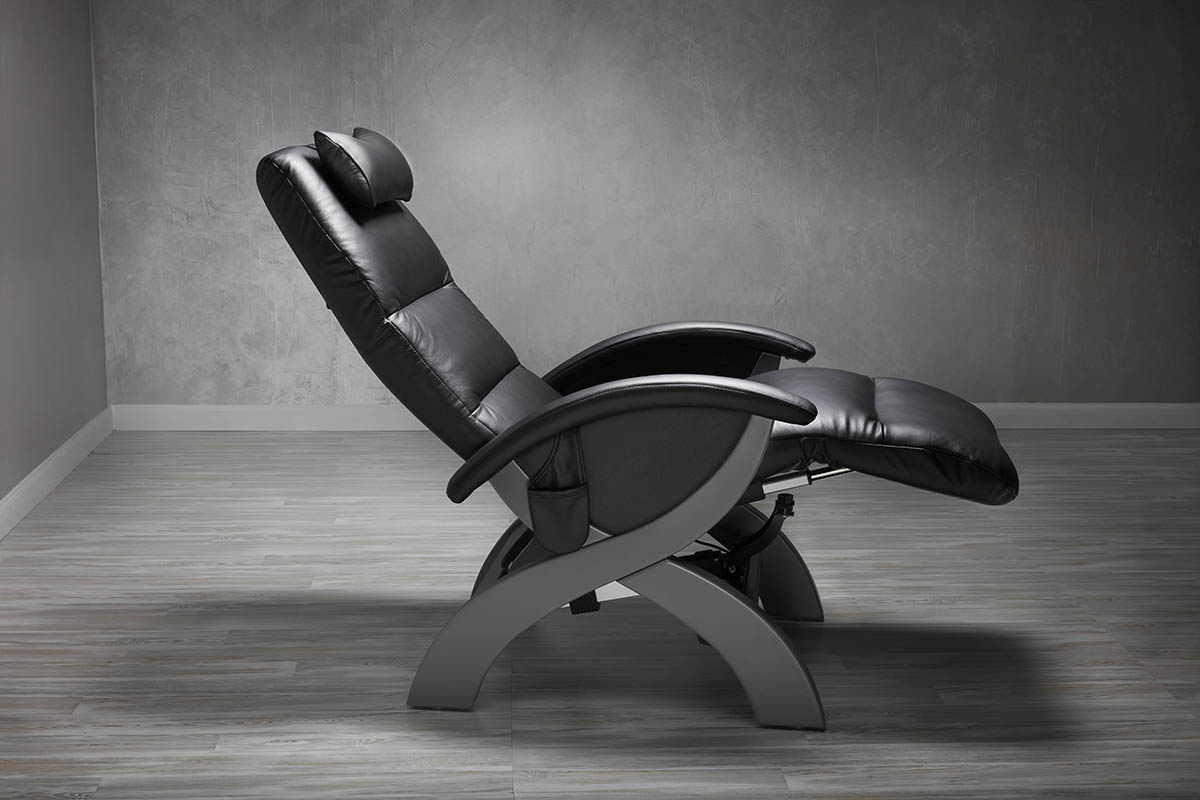
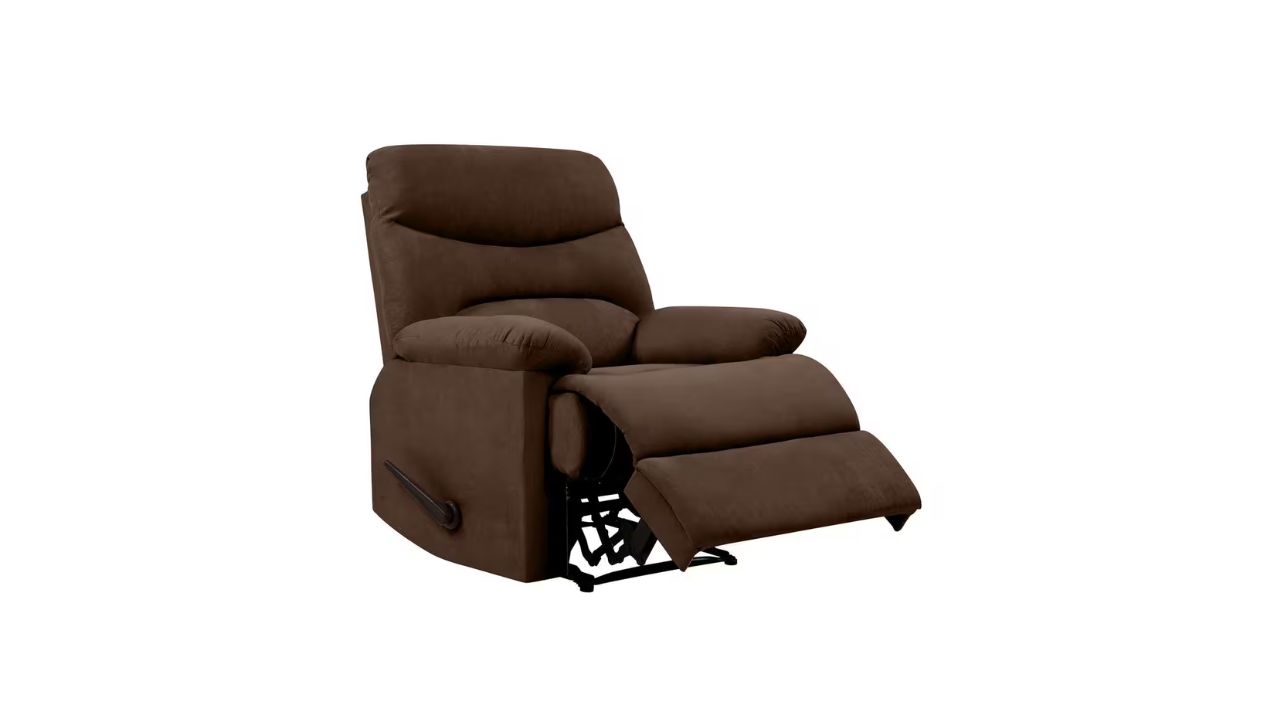
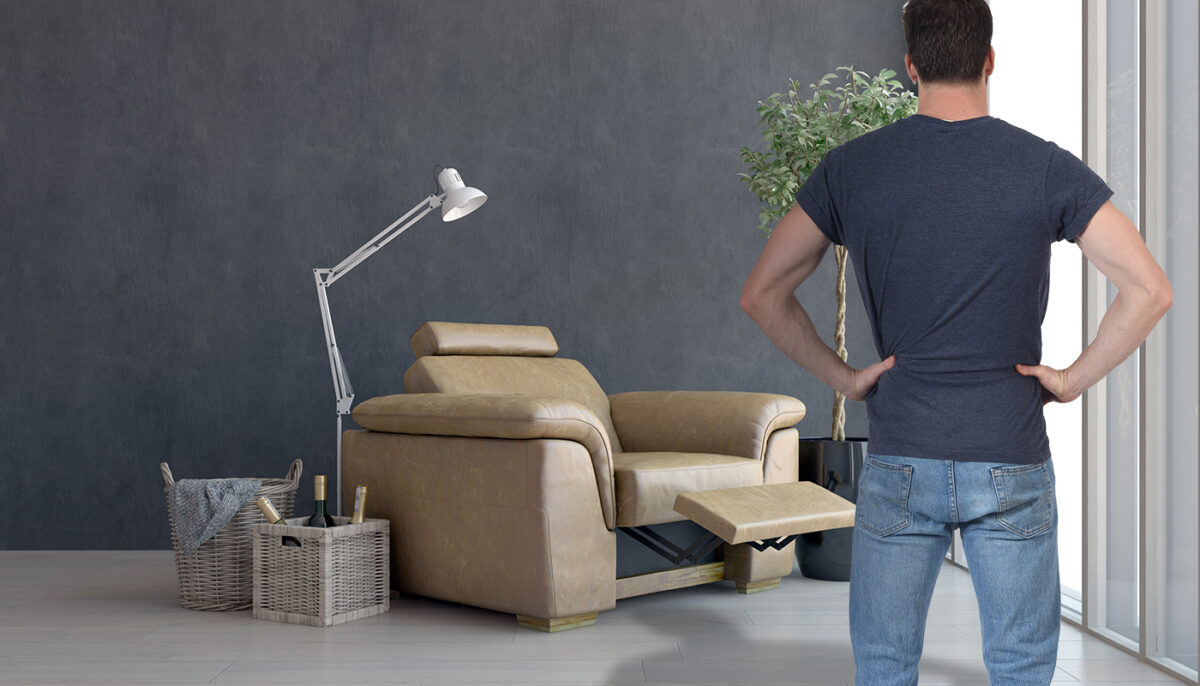
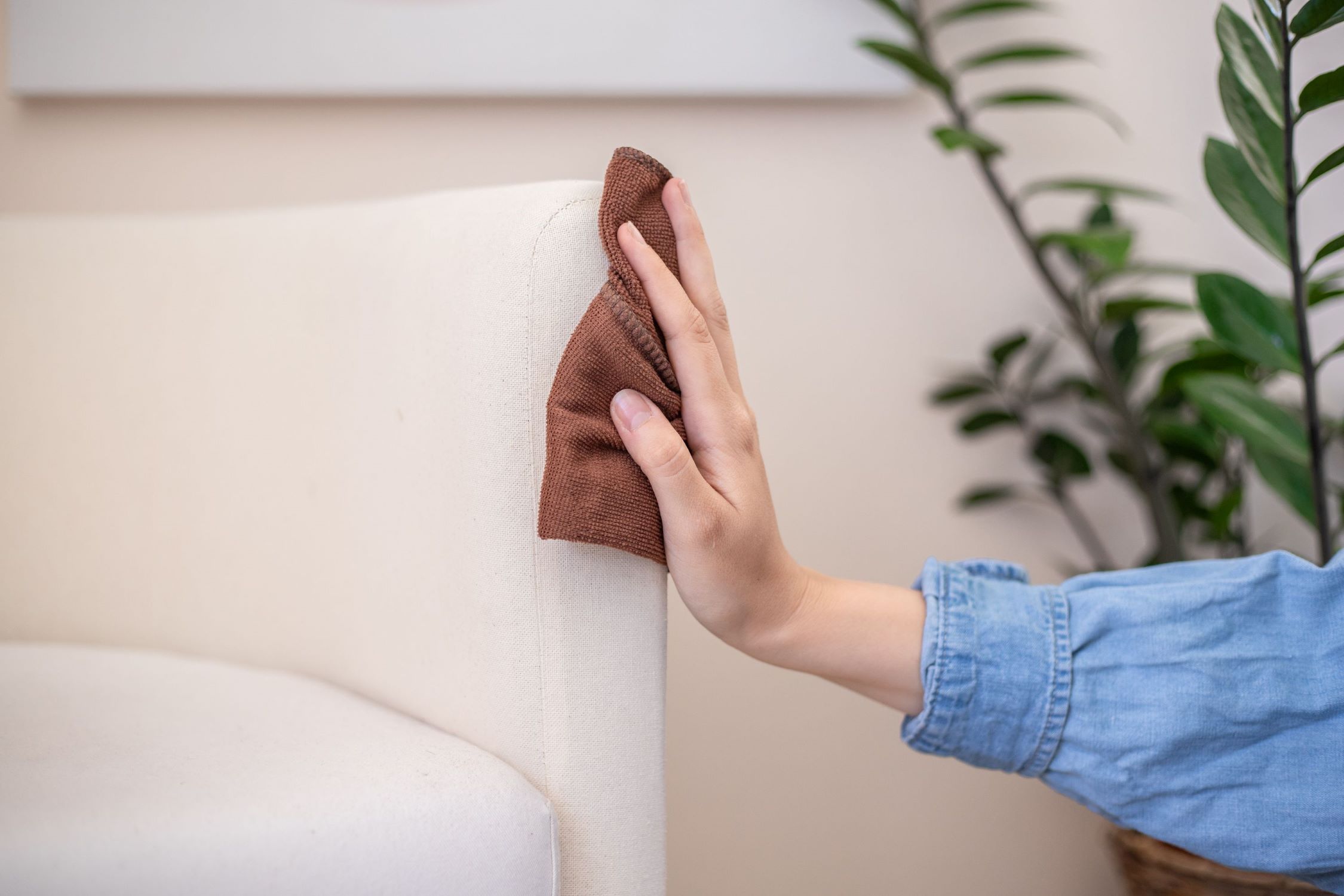
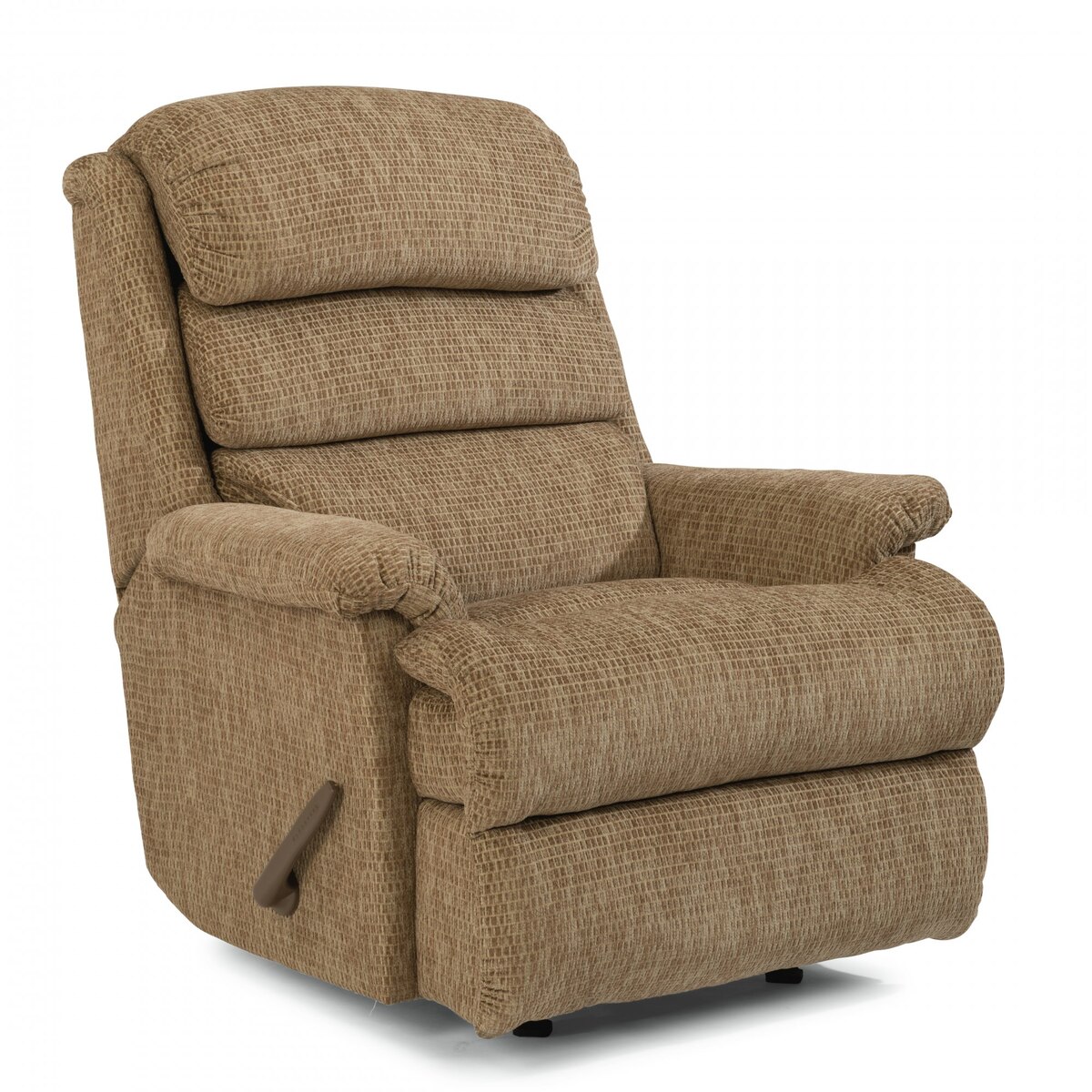

0 thoughts on “How To Use A Hospital Chair Recliner”